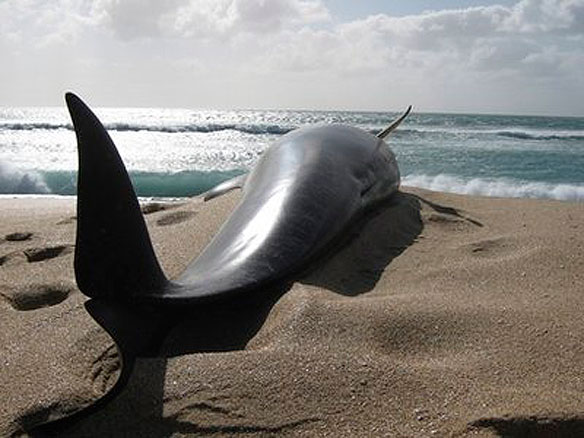 |
| "Mayflower With Shallop" by William Halsall (1882) |
All of our overcoats were being glazed with ocean spray that was freezing in the wind. The spray felt like prickly ice fingers crawling across everything it touched. We were able to sail south with some success this time towards another small bay. The water was a menacing dark blue and lapped up vigorously against the sides of the shallop. The sky was covered in clouds, blotting out the sun. Please, no more snow, I prayed. The snow was pretty the first time I saw it, but one’s feelings about it can change quickly when there is no shelter or central heating to be found close by.
“Look! Look! You see ‘em?!” One of the Mayflower’s sailors, a man named John Alden, had spotted ten or twelve Indians who were gathered around a large, dark blob on the beach that looked like a pile of black mud.
“Miss Kyla,” said Capt. Standish. “Can you yell out to them? Tell them we wish to talk.”
 I cleared my throat and tried to project as loud as I could. We must have been nearly half a mile from the shore.
I cleared my throat and tried to project as loud as I could. We must have been nearly half a mile from the shore.
“Hello!” I yelled. “Hello!” My voice was weak and didn’t carry well over the waves and wind. Although I was speaking English, I had learned on previous time trips that my speech was somehow automatically translated into the native tongue of whoever I was speaking to. It was a wonderful gift for these adventures and very useful. “Hello!” I yelled again and waved with both of my arms. I’m not sure they could hear me, but they certainly saw us. A moment after yelling for them they stopped what they were doing and stared out to our small boat. Then, as if on command, they entire group of Indians began running around the beach collecting their belongings and then dashing into the forest.
“Where are they going?” asked Capt. Standish. “What did you say to them?”
“I just said hello.”
“Well, why are they running away?”
“They’re afraid,” said Robert Coppin. “They’ve had bad experiences with English. That’s my guess.”
“Even if that’s so, they have nothing to fear from us,” said Capt. Standish.
By the time we reached the beach the Indians were long gone. The sailors jumped from the shallop and into the shallow surf and pulled the boat ashore. Then several of us gathered around the large black mass that had been left on the beach to discover it was the bloody remains of a bulbous-headed pilot whale. The Indians had been harvesting the blubber off of it when we had interrupted them.
“It’s not a fish,” I said. “It’s a mammal.”
He gave me a blank look. “A what?”
“A mammal. Like us.”
Mr. Coppin laughed. “Sorry miss, but these fish ain’t nuttin’ like us.”
“Well . . . nevermind.” I wasn’t sure how much these sailors had paid attention in biology class.
-- Finding the pilot whale
from Time Trip #3: Witness to the First Thanksgiving
 |
| Reproduction of the original shallop used by the Pilgrims by Brad Gorham |
TIME TRIP ADVENTURE 3
WITNESS TO THE FIRST THANKSGIVING
Arriving this month!
TIME TRIP ADVENTURE 2
A RIDE ON THE UNDERGROUND RAILROAD


No comments:
Post a Comment
Thank you for submitting a comment. We will review and post your comment as soon as possible.